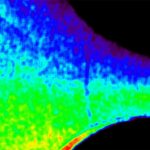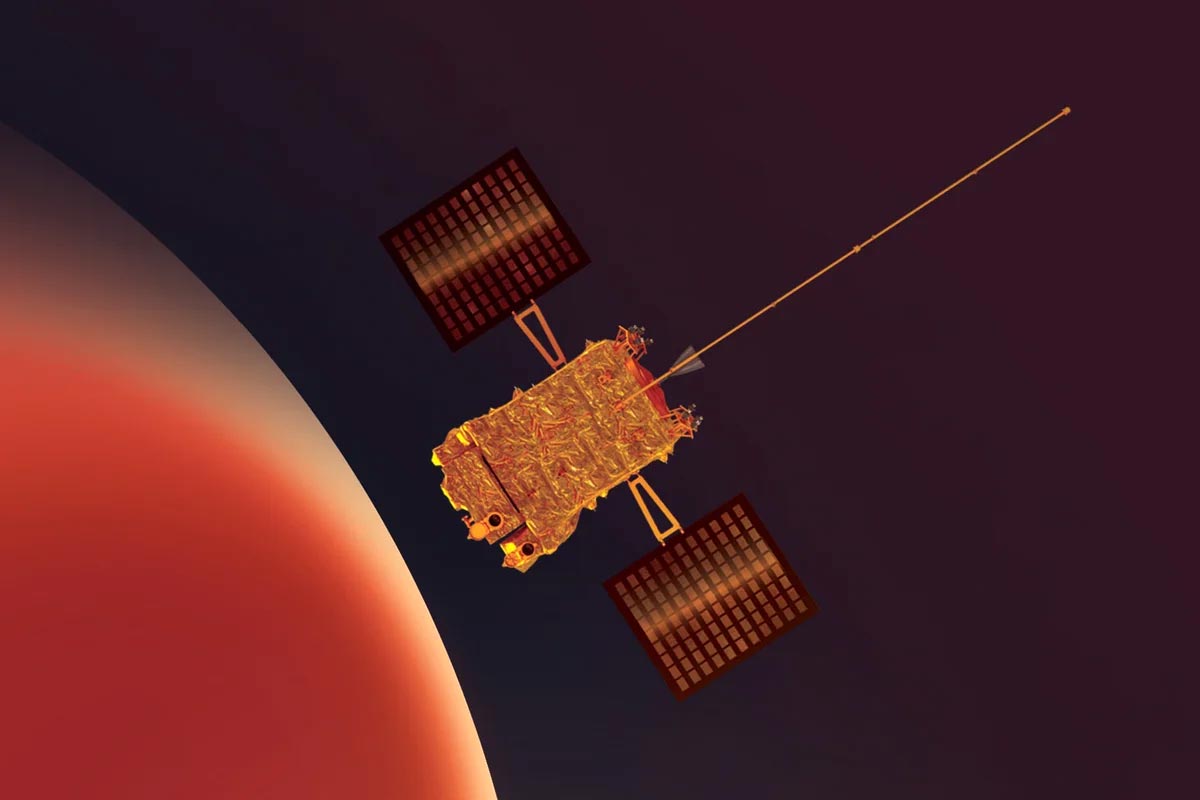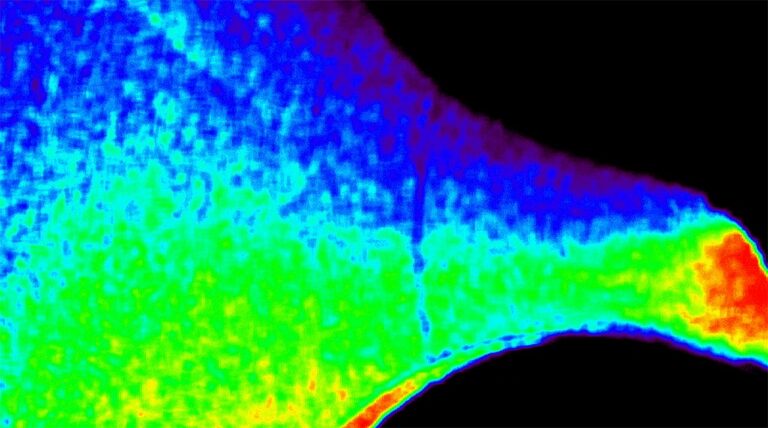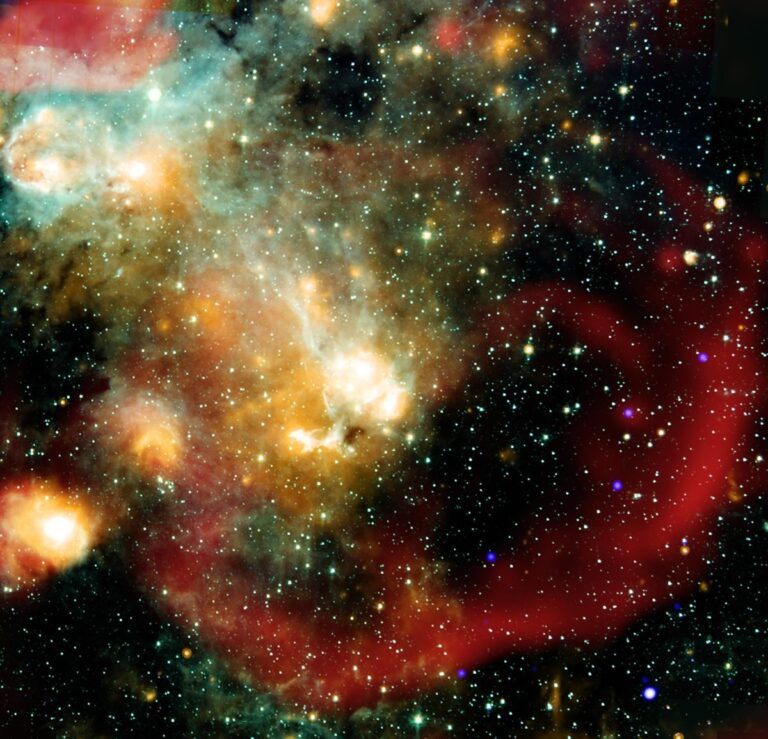In a groundbreaking achievement, India’s first solar observatory, Aditya-L1, has captured a massive X6.3-class solar flare with unprecedented detail. This extraordinary event marks a significant milestone not just for the Indian Space Research Organisation (ISRO) but for global solar research as a whole.
The flare, one of the most powerful recorded in recent times, was observed by Aditya-L1’s advanced payloads, offering high-resolution insights into solar activities that were previously impossible from Earth-based telescopes.
What is an X6.3 Solar Flare?
Solar flares are powerful bursts of radiation originating from the release of magnetic energy associated with sunspots. They are categorized into classes — A, B, C, M, and X — with X-class flares being the most intense.
An X6.3 flare is extremely energetic, capable of impacting Earth’s magnetosphere, potentially causing radio blackouts and disrupting satellite communications. Catching such a massive event at close range provides invaluable scientific data for studying the Sun’s behavior.
Aditya-L1: India’s First Dedicated Solar Mission
Launched in September 2023, Aditya-L1 was a historic step for India, aiming to study the Sun from the Lagrangian Point 1 (L1) — about 1.5 million kilometers from Earth. This strategic location allows continuous observation of the Sun without any eclipses or occultations.
Equipped with seven sophisticated payloads, Aditya-L1’s main goals include:
Observing the solar corona
Measuring the solar magnetic field
Monitoring solar emissions
Studying space weather in real-time
Its recent capture of the X6.3 flare fulfills a major mission objective: providing never-before-seen imagery and data on solar phenomena.
Unprecedented Detail: What Makes This Capture Special?
Aditya-L1’s Visible Emission Line Coronagraph (VELC) and other instruments recorded the flare with exceptional clarity. The data revealed:
Minute-by-minute evolution of the flare
Fine structures in the corona
The complex magnetic field interactions leading to the flare
Shocking evidence of plasma ejections
This level of spatial and temporal resolution had never been achieved before for such a strong solar event.
Why This Observation Matters
Space Weather Prediction:
Understanding solar flares helps scientists predict geomagnetic storms that can disrupt power grids, communication systems, GPS, and even pose risks to astronauts.
Scientific Advancement:
The detailed observations from Aditya-L1 will refine existing models of solar dynamics, enhancing global space research.
Strengthening India’s Position:
This success reinforces India’s rising status in space exploration and scientific research, inspiring future missions beyond the Sun.
Global Reactions to Aditya-L1’s Achievement
The scientific community worldwide has hailed Aditya-L1’s capture of the X6.3 flare as a monumental achievement.
Top space agencies like NASA, ESA, and several global research centers have expressed admiration and interest in collaborating with ISRO for joint solar studies.
Leading astrophysicists are eagerly awaiting the detailed datasets, which could unlock answers to age-old questions about the Sun’s mysterious outer layers.
The Future of Solar Exploration
The Sun governs life on Earth, yet many of its secrets remain hidden. Missions like Aditya-L1 are essential to:
Improve our understanding of solar activities
Protect our technologies from space weather impacts
Foster advancements in astrophysics and heliophysics
With Aditya-L1 delivering its first major discovery, the future looks bright for solar exploration — and India stands proudly at the forefront of this new era.
Conclusion
Aditya-L1 catching a massive X6.3 solar flare in unprecedented detail is a monumental leap forward for science, technology, and international collaboration. As we decode the Sun’s secrets, we move closer to securing our technologies and deepening humanity’s understanding of the universe.
Stay tuned — with Aditya-L1 watching the Sun around the clock, more cosmic wonders are just a heartbeat away.

















+ There are no comments
Add yours